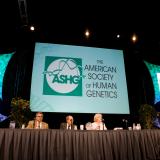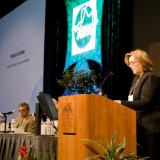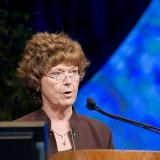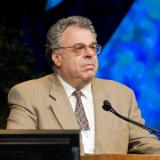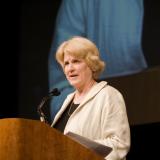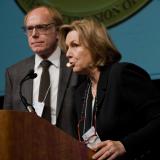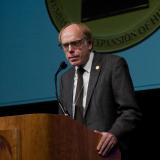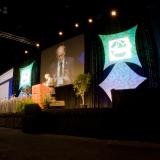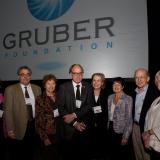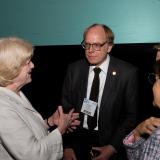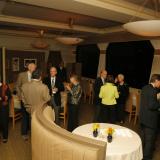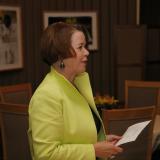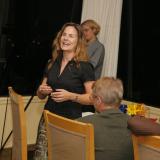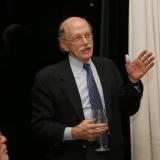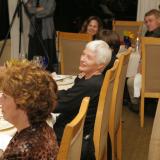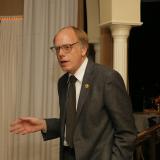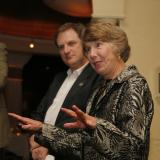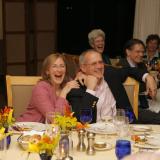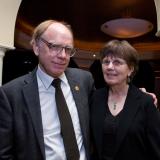2007 Gruber Genetics Prize
Maynard V. Olson was a founder of the field of genomics.
He created tools critical to each step of human genome sequencing as it developed from dream to reality. Then, through his articulate advocacy of high standards for accuracy and of free public access to data, he worked to ensure that DNA information is used to benefit humanity.
Today he is turning genomic methods into true experimental tools to tackle real biological problems such as those posed by infectious disease.
2007 Genetics Prize Recipient
Laureate Profile
The human genome would have been an impossible jigsaw puzzle without the work of Maynard Olson.
He created a way of breaking genomes into manageable pieces, applied it to the yeast genome, and made the human genome project a possibility. Now he is working to apply genome science to real biological problems – starting with the bacterium that kills many people with cystic fibrosis. And he’s continuing to fight for the public ownership of genome information.
For his contribution to genome science, Olson, professor of Genome Sciences at the University of Washington, will receive the 2007 Gruber Prize for Genetics on October 24, 2007, at the American Society of Human Genetics Annual Meeting in San Diego, California. The prize consists of a gold medal and $US500,000.
“When he assembled his physical map of the yeast genome, Maynard developed a new way to piece together the puzzle. He allowed us to mechanize, computerize and organize the process,” says 2003 Gruber Genetics Laureate, David Botstein. “Maynard was one of the top two or three key brains behind the Human Genome Project. And he is a mentor—not just for his students, but for whole institutes.”
Olson’s latest work could change our approach to treating cystic fibrosis, that dread genetic condition in which victims normally die before they reach 40 from a complication: chronic lung inflammation from a bacterial infection they acquired in early childhood.
Olson and his colleagues have found that Pseudomonas aeruginosa, the bacterium which causes the inflammation, evolves in a relatively predictable way inside the human lung. The result is that the bug which ends up killing its human host has very different characteristics from the one which invaded decades, and thousands of bacterial generations, before. And that means effective treatment should also be different.
He says, “The future now lies in turning genomic methods into true experimental tools, so that we can use them in hundreds of small laboratories to solve real biological problems such as those posed by infectious disease.” So, as he has done several times before, he is showing the way.
Citation
The Peter and Patricia Gruber Foundation proudly presents the 2007 Genetics Prize to Maynard V. Olson, Ph.D. a founder of the field of genomics.
Maynard Olson created tools critical to each step of human genome sequencing as it developed from dream to reality. Then, through his articulate advocacy of high standards for accuracy and of free public access to data, he worked to ensure that DNA information is used to benefit humanity.
He used DNA sequence polymorphisms to connect functional genes with their physical locations. He made the first physical map of an entire eukaryotic genome, that of budding yeast. He invented the first practical system for cloning large segments of genomes and measuring their size. He introduced the now-universal common language for ordering and comparing genomic segments based on short stretches of unique sequence.
These techniques brought to fruition the convergence of genetic and physical mapping of the human and other genomes and laid the intellectual and practical groundwork for genomics.



